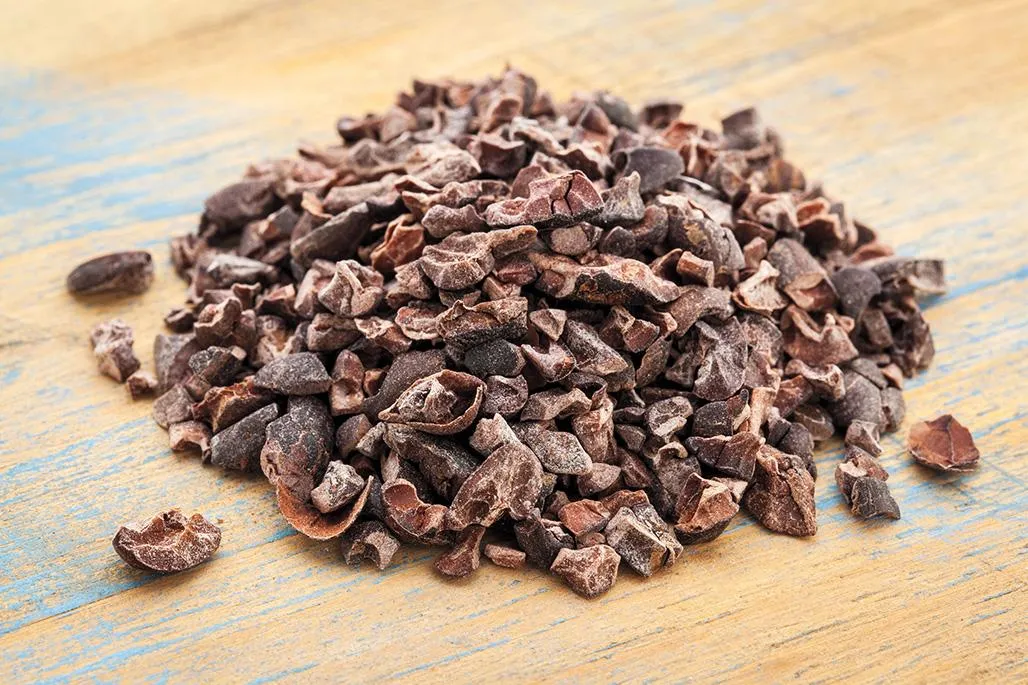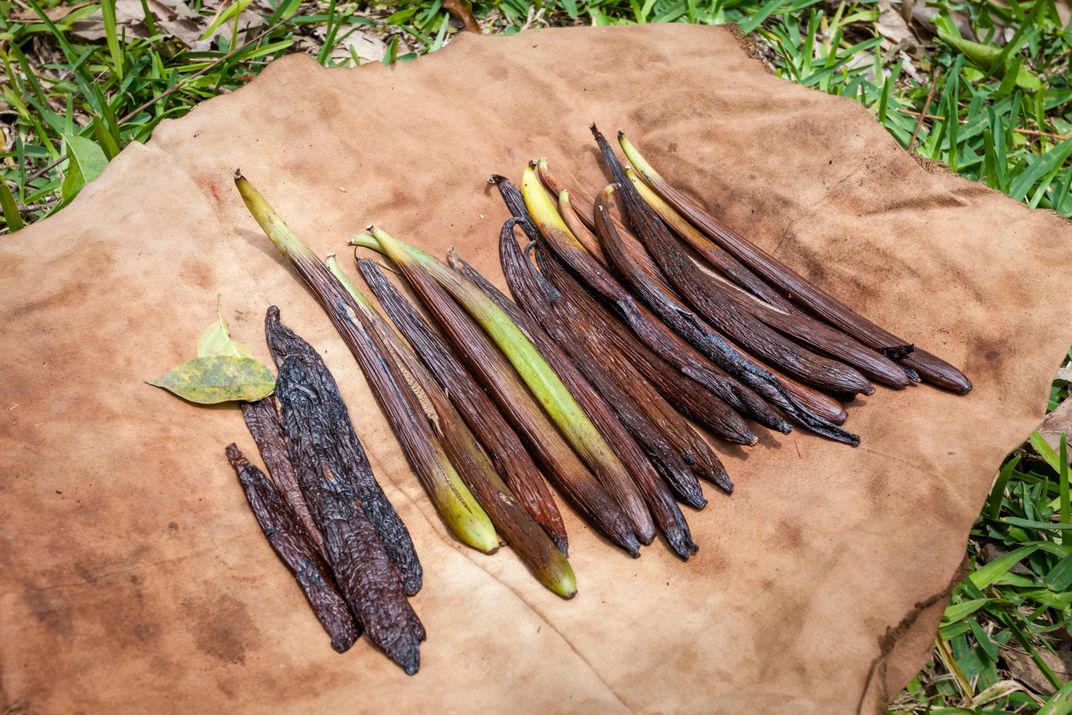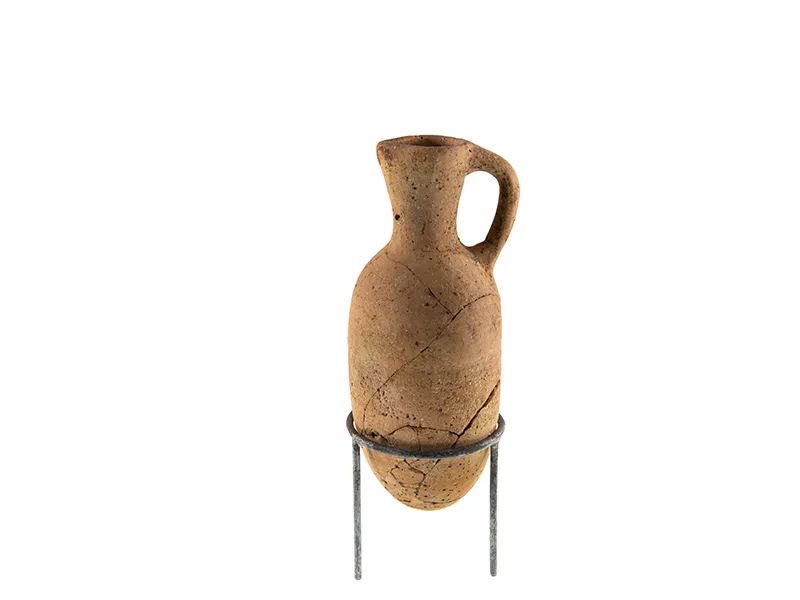The Delicious, Ancient History of Chocolate and Vanilla
Archaeologists are discovering that two of the world’s most prized flavors have a much richer history than we thought
/https://tf-cmsv2-smithsonianmag-media.s3.amazonaws.com/filer/6c/26/6c261277-e24c-4d98-bac7-8e03b8fcd2da/chocolate-vanilla-letterboxed.jpg)
Of all the great debates—Coke versus Pepsi, boxers versus briefs, shaken versus stirred—few have been more polarizing than chocolate versus vanilla. Those of us aligned with chocolate—the product of ground, roasted cacao beans—find it warm, comforting, ambrosial, and generally dismiss all things unchocolate as “vanilla,” meaning bland and boring. Those who prefer vanilla, a climbing orchid that bears long podlike fruit, praise its aromatic sweetness and note that it enhances the flavor of chocolate, which unembellished would be dull and kind of flat—in short, vanilla.
The one aspect of the chocolate-and-vanilla divide that has seldom been disputed is the question of provenance. But over the last year two new studies have radically rejiggered the origin stories of both. On the chocolate front, the earliest chemical evidence of cacao use has been pushed about 1,400 years further into the past and about 2,000 miles south. For vanilla’s part, researchers now believe that the beans were not only used by humans more than two millennia earlier than previously thought, but an entire ocean away. These findings are just a couple of the latest examples of how archaeologists, geneticists and cultural anthropologists are rewriting history through the study of food.
The earliest use of vanilla has long been attributed to the Totonac community in what is now the Mexican state of Veracruz. They gathered the fragrant seedpods from orchids that grew wild in the forests. Much later, they domesticated the vines, which can take up to five years to mature. Each flower must be pollinated the one day that it blooms or else the stem bears no fruit. In
Mexico, Vanilla planifolia co-evolved with its pollinator, the melipona bee.
According to Totonac legend, the humble beginnings of the vanilla industry can be traced to 13th-century Papantla, known as “the city that perfumed the world.” “The native peoples were very knowledgeable about the medicinal use of herbs and may well have ground the vanilla bean for lung and stomach disorders as well as used the liquid from green beans as a poultice for drawing out insect venom and infections from wounds,” Patricia Rain explains in Vanilla, her cultural history of the spice.
The Aztecs, who subjugated the Totonacs in 1480, knew the plant as tlilxochitl, or “black pod” (a name which would be translated erroneously as “black flower,” leading to centuries of confusion over the primrose yellow petals). Tribute was exacted in the form of cured beans, an indispensable ingredient in the savory chocolate drink cacahuatl—also enlivened with chilies—which became the beverage of choice of Aztec nobility. In 1519, Montezuma II and the Spanish invader Hernán Cortés famously quaffed the cold, frothy brew at a feast in the capital Tenochtitlán (now Mexico City).


Some 75 years after Cortés returned to Europe with the pods, Hugh Morgan, the apothecary and pastry chef of Queen Elizabeth I, suggested that vanilla could be used as a flavoring all by itself. From then on, Her Majesty, a sugar freak with conspicuously rotted teeth, indulged in vanilla-infused sweetmeats. Thomas Jefferson discovered the flavor during a visit to France in the late 1700s. When he found none available on his return to Philadelphia, he wrote to the American chargé d’affaires in Paris, asking him to send him 50 pods wrapped in newspapers. “With the flourish of a pen and the help of a friend,” writes Rain, “he saw that vanilla had travelled nearly full circle back to the Americas.”
Now comes word that vanilla may have become a thing in the Old World before the new one. Researchers have pinpointed the earliest known example of the spice, in northern Israel. Soaked into three small jugs recovered at a site in Megiddo was a sweet surprise: two of the main chemicals in vanilla—4-hydroxybenzaldehyde and vanillin, a compound that forms tiny white crystals on the pod’s surface as the bean ferments. The expedition, organized by Israel Finkelstein of Tel Aviv University, had the makings of a Mummy screenplay—an undisturbed 3,600-year-old Canaanite tomb; three intact skeletons; and a hoard of gold and silver jewelry. Call it the “Thrilla in Vanilla.”
The vessels sat beside the skeletons. “The tomb is probably associated with the royal family of Megiddo or its entourage,” Finkelstein says. “It is just several meters from the remains of the palace.” It’s possible that the vanilla was mixed with plant oil to create a perfume either to purify the burial chamber or to anoint the corpse before interment. “Vanilla has antimicrobial properties that could help to preserve a body before burial,” says University of California, Berkeley, archaeologist Melissa Cradic, who led the examination of the tomb. “Another possibility is that vanilla-scented perfumes were deposited in the burial as an expensive offering for the dead.”
Botanical history suggests that the vanillin found in jugs in modern-day Israel may have come from orchids native to Southeast Asia or East Africa. Finkelstein thinks the vanillin probably arrived in the Middle East through extensive Bronze Age trade routes. “This find is the tip of the iceberg,” Cradic says, “and represents only the beginning of our understanding of cultivation, exchange, and uses of vanilla in the ancient world.”

As if this new discovery weren’t enough to make a 6-year-old switch to strawberry, the birthday of chocolate has also been thrown into doubt by science. Based on a sample from a ceramic jar, it has been believed that the history of chocolate began with the Mokaya, sedentary villagers who occupied the Soconusco region of Mexico’s Pacific coast. Around 1900 B.C., the Mokayas began to consume Theobroma cacao, a plant that thrives in the upper reaches of the Amazon. There followed a succession of Mesoamerican societies—Olmec, Toltec, Maya, Aztec—that found ways to exploit the bean, which was variously used as a monetary unit, a measuring unit and a meal. It wasn’t until 1847 that the English company J. S. Fry & Sons of Bristol produced the first solid chocolate bar offered to the general public.
Turns out that our love affair with chocolate predates the Mokaya. New research indicates that cacao was originally used in the humid forests of the upper Amazon basin, where the tree is at its most genetically diverse. Investigators looked at jars and shards of pottery from Santa Ana-La Florida, an archaeological site in Ecuador once inhabited by the Mayo-Chinchipe people, and detected signs of chocolate tippling from as long as 5,300 years ago.
A team of archaeologists and biologists from universities in North America, South America and Europe identified preserved starch grains from the genus Theobroma, which includes the species T. cacao, inside the artifacts, along with theobromine, a bitter alkaloid produced more abundantly by T. cacao than its wild relatives. The clincher: ancient DNA with sequences that matched those of modern cacao trees. Ethnographic and ethnobotanical descriptions of indigenous peoples in the Amazon basin have led archaeologist Michael Blake, a co-author of the paper, to suspect that the plants were used medicinally and ceremonially.
As you might expect in a study involving the contentious topic of chocolate, those conclusions are not universally accepted. Some scientists question whether the Mayo-Chinchipe prepared the seeds for eating—an elaborate process of fermentation, drying, roasting and grinding—or simply collected pods. Others have challenged the idea that the cacao plants made the passage from South America; another recent analysis pegged cacao cultivation to about 3,600 years ago in Central America.
If this new food scholarship has shown us anything, it’s that nothing—not even chocolate and vanilla—is ever just black and white.
Yesterday's Specials
Where and when the foods that changed human history arrived on the menu
Research by Mandy Tust